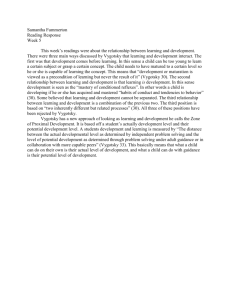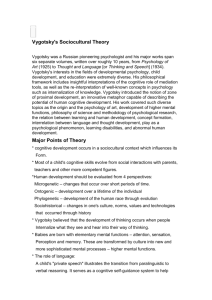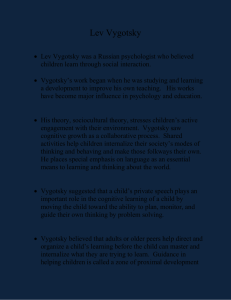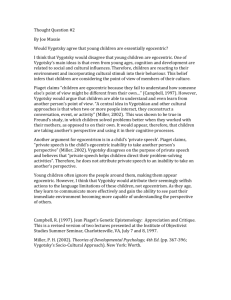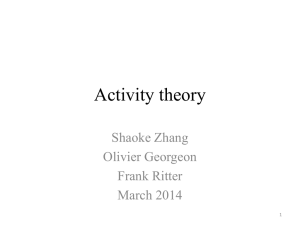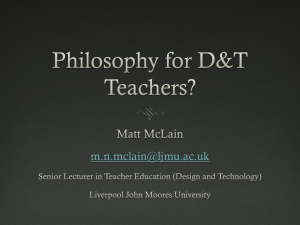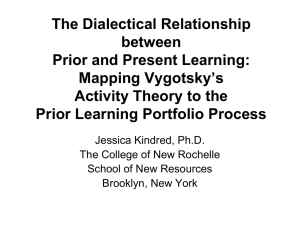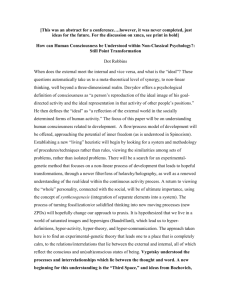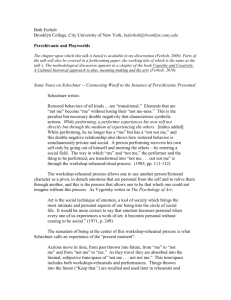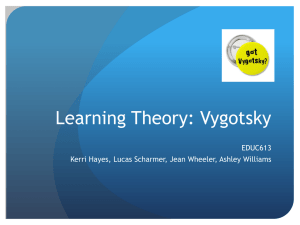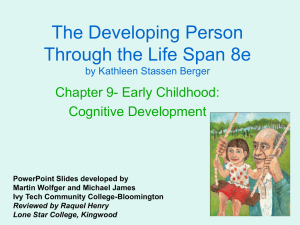writingsample1
advertisement
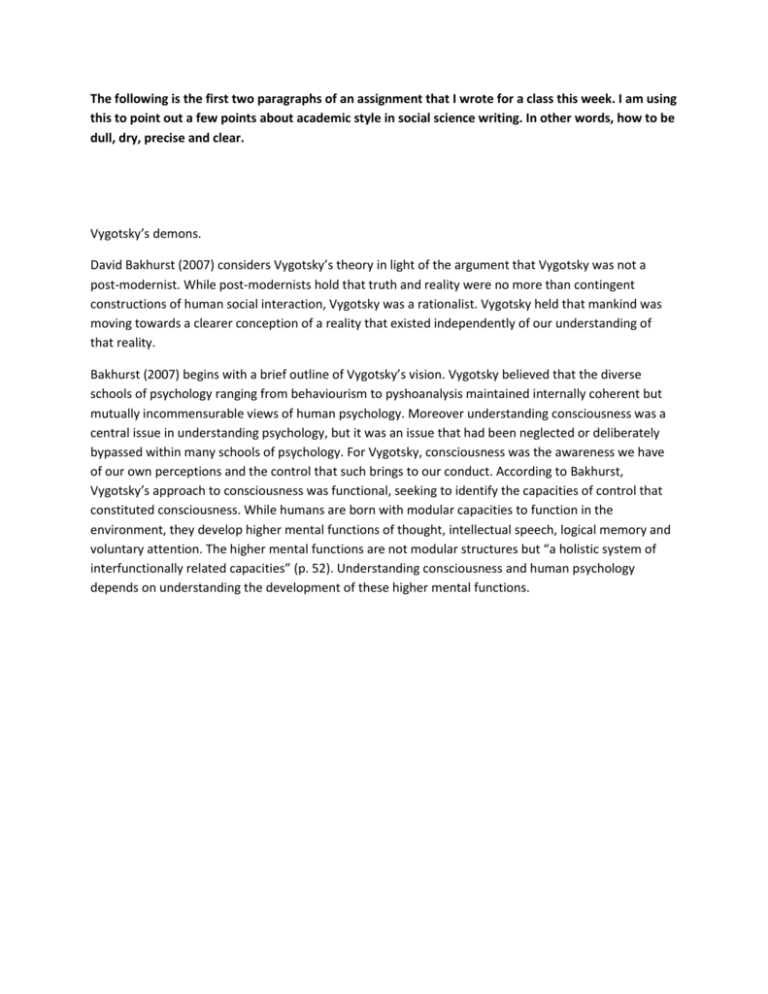
The following is the first two paragraphs of an assignment that I wrote for a class this week. I am using this to point out a few points about academic style in social science writing. In other words, how to be dull, dry, precise and clear. Vygotsky’s demons. David Bakhurst (2007) considers Vygotsky’s theory in light of the argument that Vygotsky was not a post-modernist. While post-modernists hold that truth and reality were no more than contingent constructions of human social interaction, Vygotsky was a rationalist. Vygotsky held that mankind was moving towards a clearer conception of a reality that existed independently of our understanding of that reality. Bakhurst (2007) begins with a brief outline of Vygotsky’s vision. Vygotsky believed that the diverse schools of psychology ranging from behaviourism to pyshoanalysis maintained internally coherent but mutually incommensurable views of human psychology. Moreover understanding consciousness was a central issue in understanding psychology, but it was an issue that had been neglected or deliberately bypassed within many schools of psychology. For Vygotsky, consciousness was the awareness we have of our own perceptions and the control that such brings to our conduct. According to Bakhurst, Vygotsky’s approach to consciousness was functional, seeking to identify the capacities of control that constituted consciousness. While humans are born with modular capacities to function in the environment, they develop higher mental functions of thought, intellectual speech, logical memory and voluntary attention. The higher mental functions are not modular structures but “a holistic system of interfunctionally related capacities” (p. 52). Understanding consciousness and human psychology depends on understanding the development of these higher mental functions.
